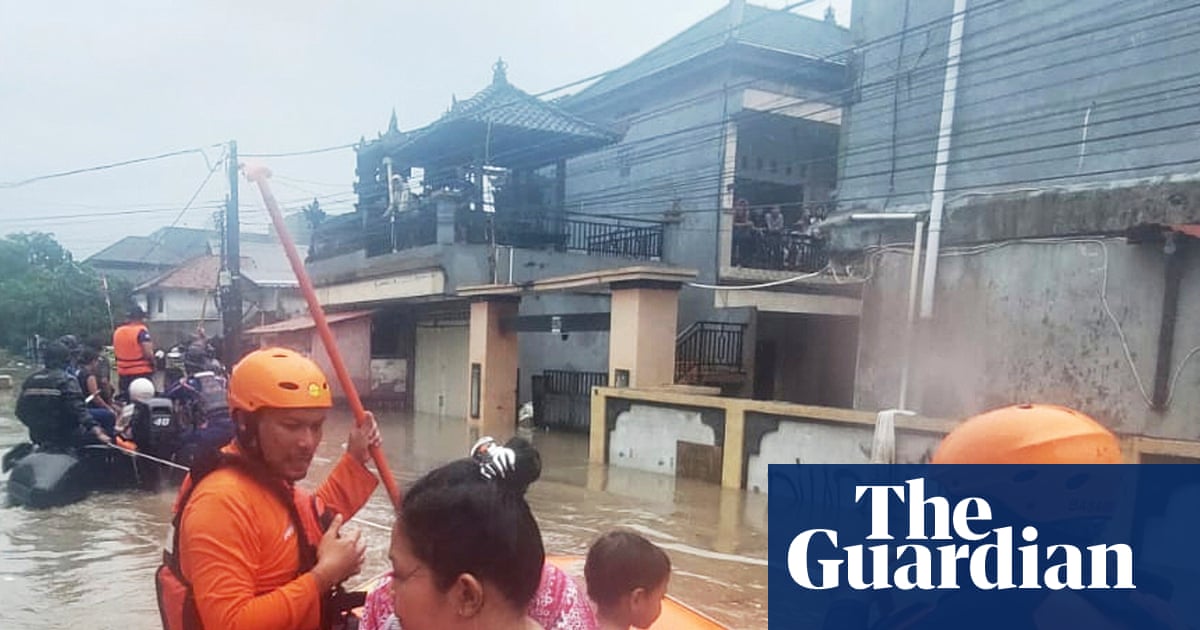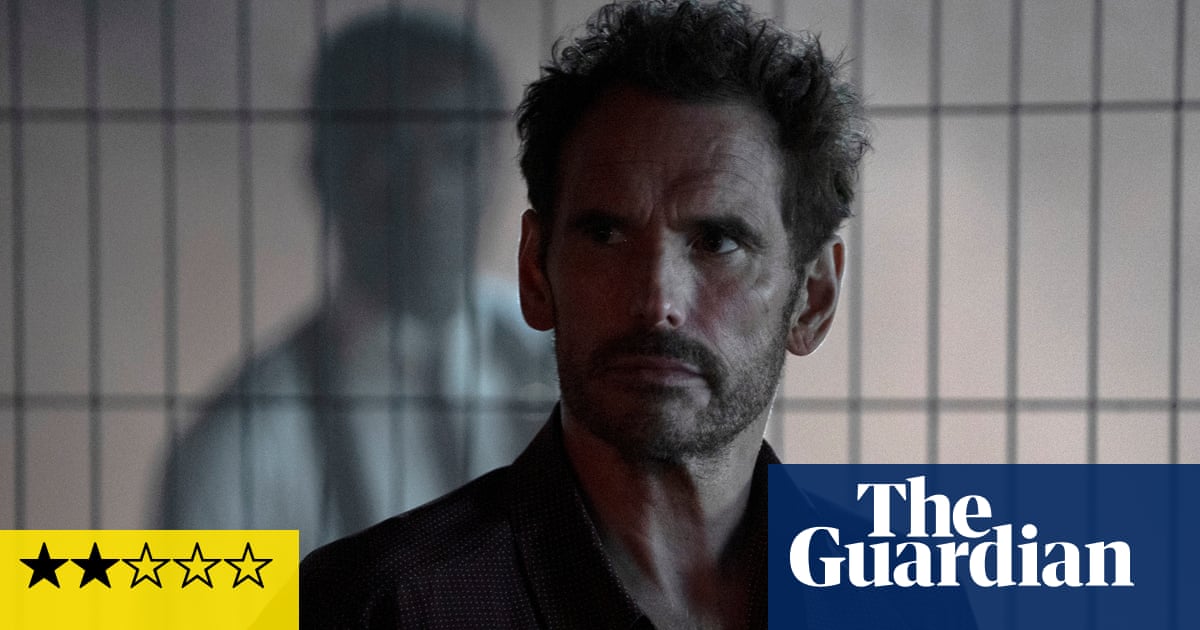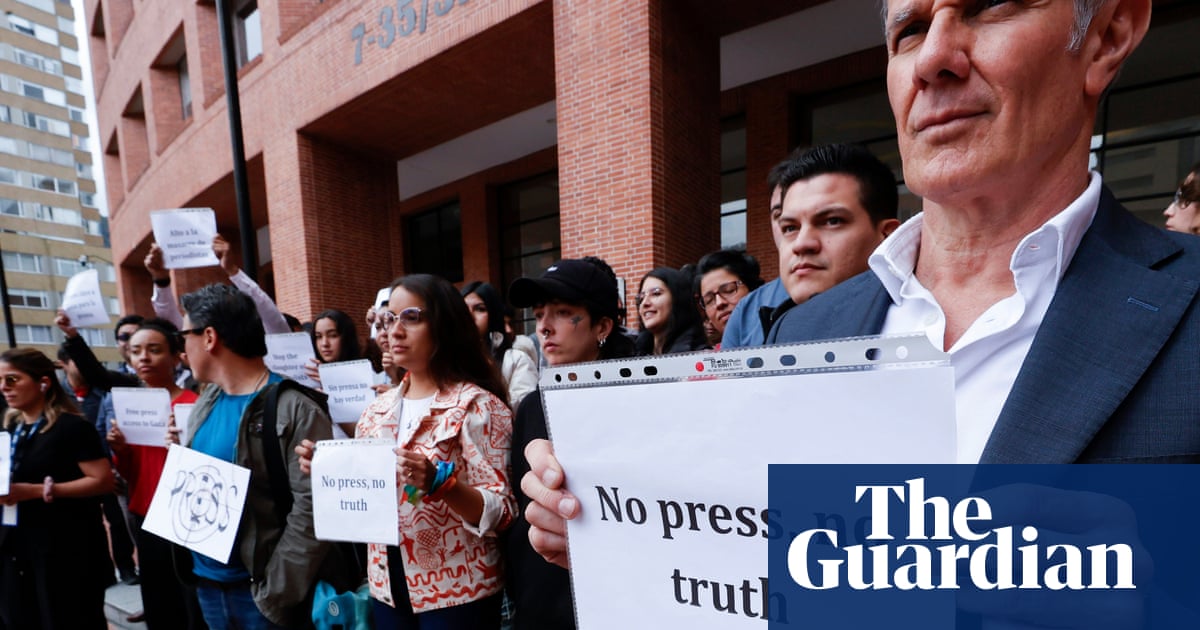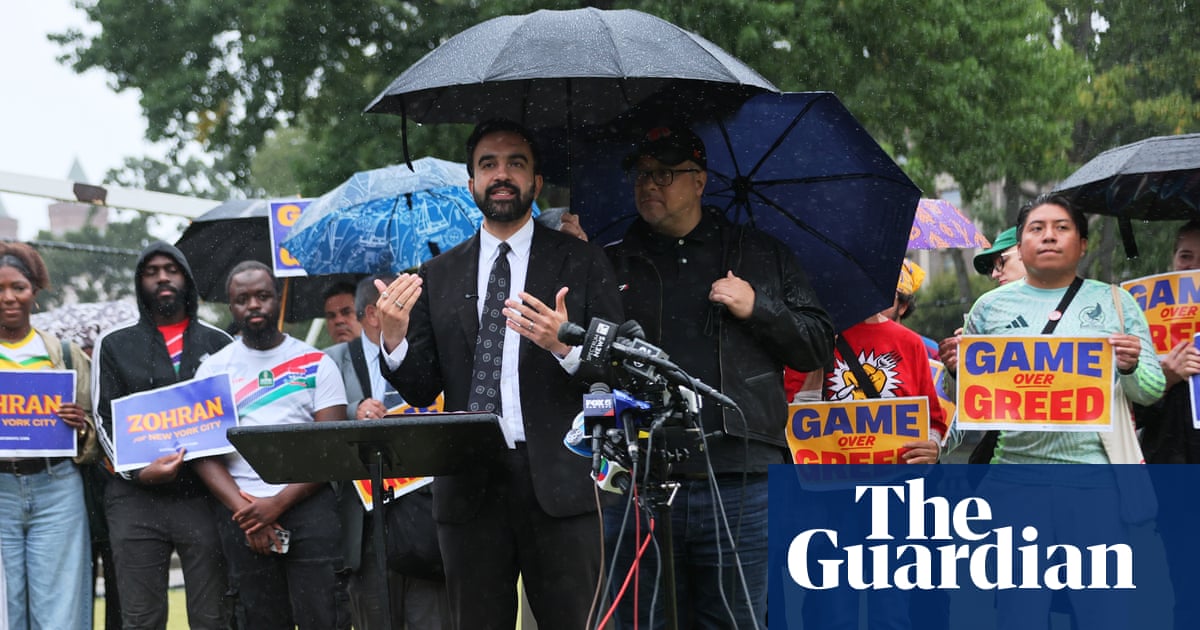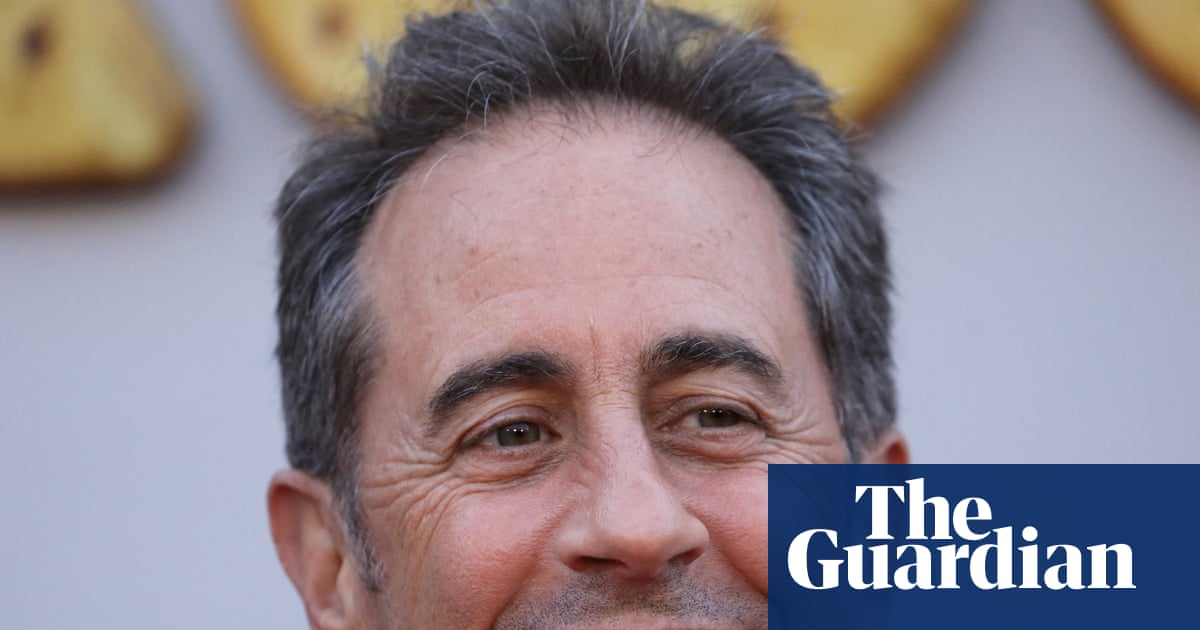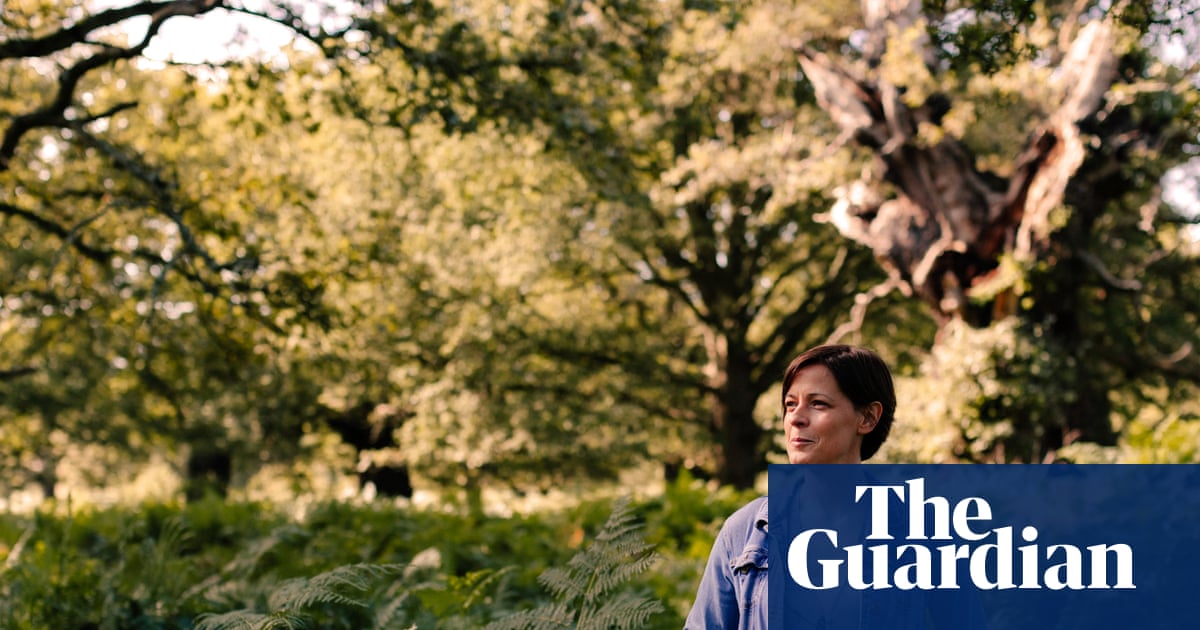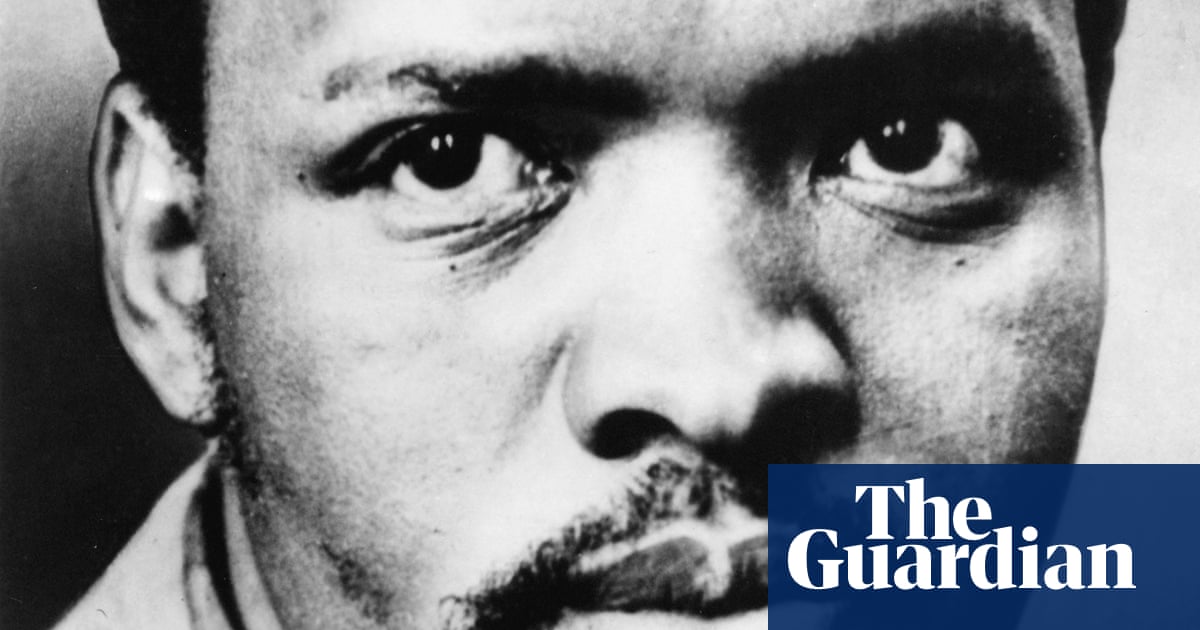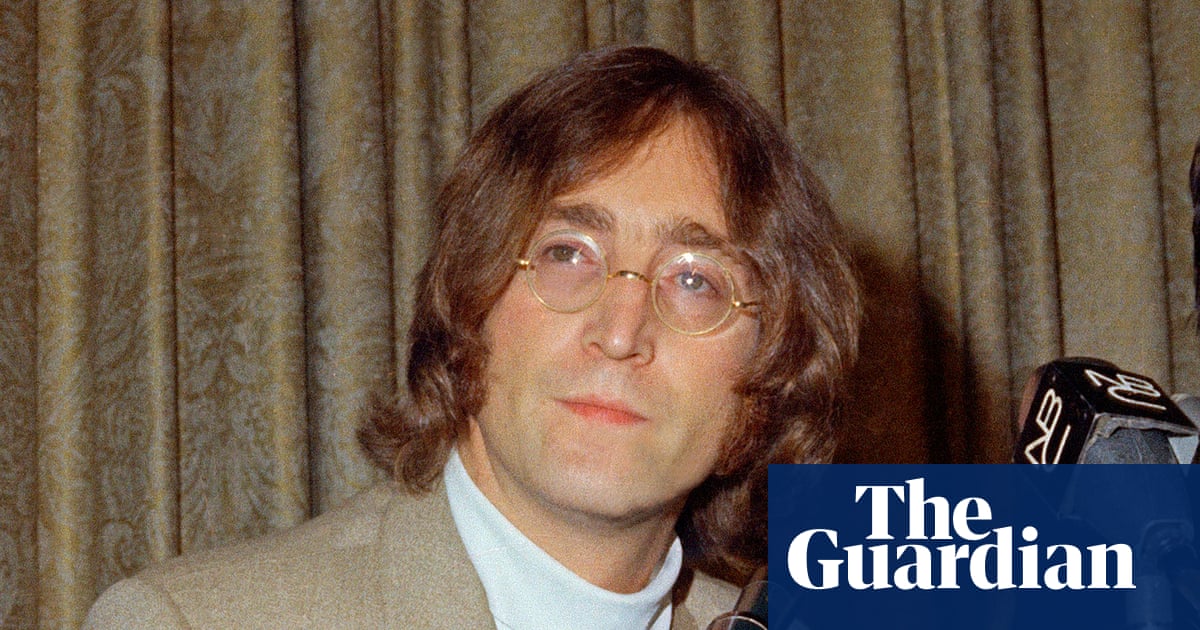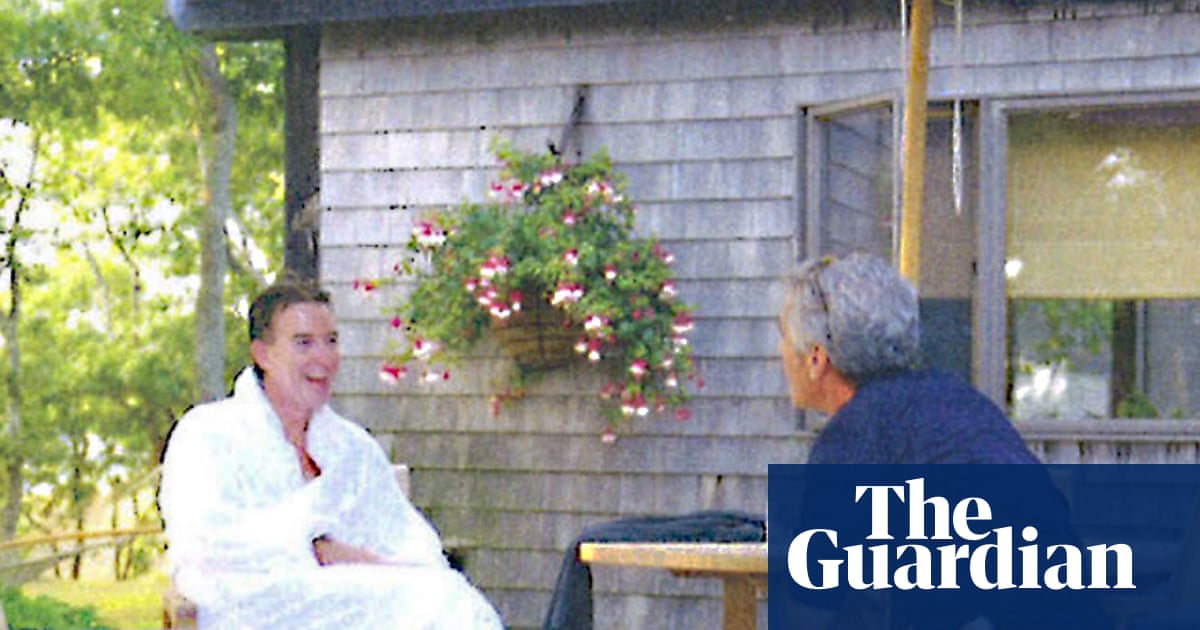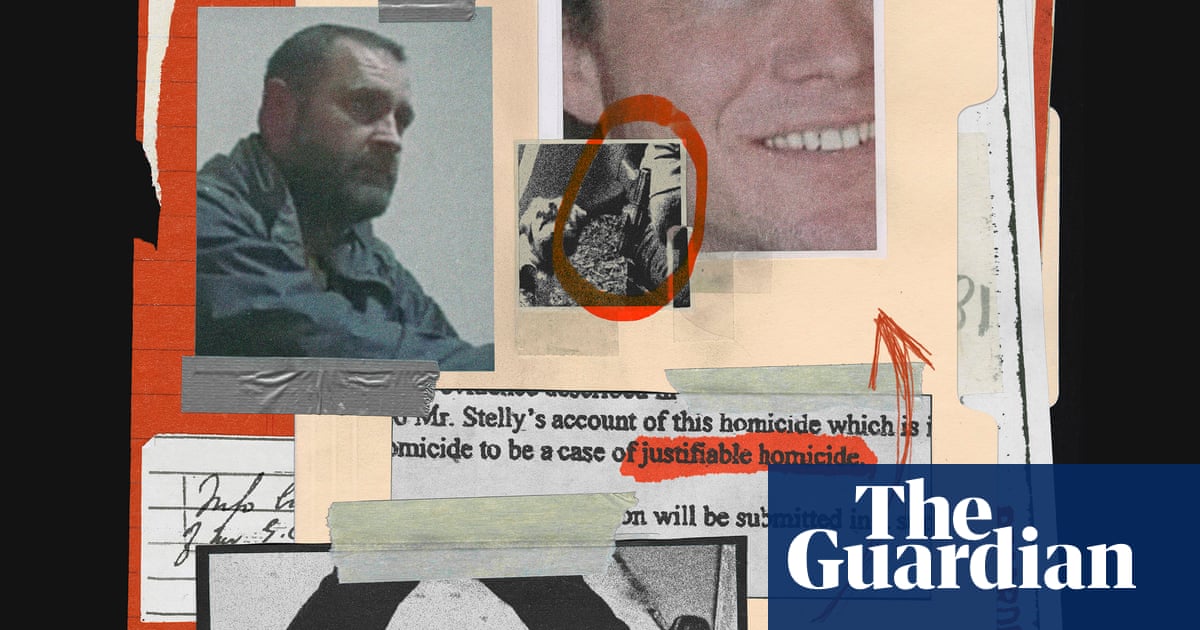Robert Macfarlane has been called the “great nature writer and nature poet of this generation”. A teacher, campaigner and mountaineer, he has been exploring the relationship between landscape and people since his breakthrough book, Mountains of the Mind, in 2003. His latest work, Is a River Alive?, was more than four years in the making, and, he says, the most urgent book he has written.
Q: Your book is poignant and inspiring, but one part that made me laugh is where you first tell your son the title and he replies, “Duh, of course it’s alive. That’s going to be a really short book.” So, I should first congratulate you on stringing it out for more than 350 pages!
A: Ha! Well there were times I dreamed of writing the haiku version, let’s say. But much as I would long for the answer to the question of the title to be as simple as [my son] Will found it, of course it is a profoundly difficult one. That’s why the title is a question not a declaration: by means of travel, encounter and immersion, the book explores the tributaries and watershed of this vastly complex question of how we imagine rivers – and indeed how we imagine life itself. So I suppose you could say that answering the question of the title couldn’t have taken any less time than it did, and couldn’t have been written in any fewer pages than it was, much as Will would have encouraged me to be more precise.
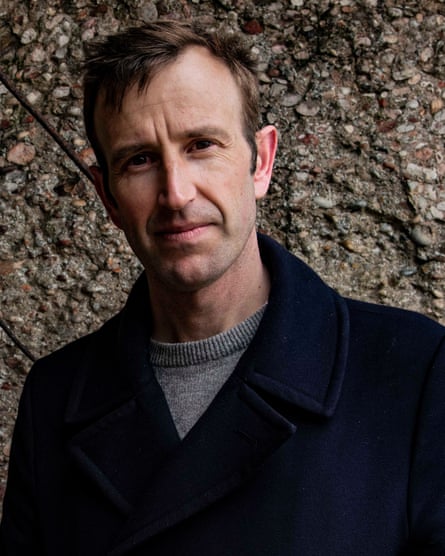
Q: The idea of a river being alive is quite heretical these days, isn’t it?
A: I love that description: ‘heretical’. Yes! I’m already finding that I’m getting people online who are, on the one hand, saying: “You idiot, of course a river is alive. Why bother even with the question mark?” And then on the other, I’m getting the rationalists who are like: “You idiot, of course a river isn’t alive. It’s just H2O plus gravity. What kind of hippy nonsense are you spouting?”
Q: As you point out in the book, even listening to a river was once punished by the lash. Separating people and nature needed violent enforcement …
A: Absolutely. The history of the rise of rationalism required the extirpation of “idolatry”, as the New World conquistadors and colonists called it, a version of which was also carried out across the British landscape during the Reformation, when a purging fury was visited upon water in particular as a site of supposedly iconoclastic belief. I’m fascinated by the ways in which the drive to eliminate the dissenting autonomy of water – of running water, of rivers, of springs – has marched often in lockstep with power that seeks to eliminate all forms of spiritual relationships with land and water, replacing the sacred with the fiscal. We are seeing this accelerated now in America, where Doug Burgum, the secretary of state for the interior, at his Senate confirmation hearing, described America’s public lands as America’s “balance sheet”. The assetisation of everything is under way. Everywhere now we see a war continuing to be waged between “anima”, between life, and a power that seeks to mortify that life because it knows that the imaginative “deadening” of land and water is the best step towards maximum extraction.
Q: Of all the books you’ve written so far, you state that none has felt as urgent as this one. Why?
A: The world’s ecological precarity, I suppose, is the plainest answer to that, and especially the precarity of the world’s rivers and freshwater bodies.
Q: Although much of the subject matter is quite grim in terms of the despoliation of ecosystems, what comes across is courage, intelligence, love and a desire to do right by future generations and other species. How did it evolve?
A: This was initially imagined as a book about “life”. That was ridiculous hubris, of course, but that was really the source: what are the stories we tell about what is alive and what is dead, and how does that compare to the stories that power tells about what is alive and what is dead? Rationalism and instrumentalism tell a presently dominant story about rivers as “inanimate brute matter”, to quote Isaac Newton; about rivers as nothing more than “service providers”. But the total dominance of that story is perilous. I guess that, as a writer, one’s job is to seek other, better, new-old stories about rivers and our relations with them.
Q: You dive into the lives and deaths of rivers on four continents. But it is also very much about human activism – the defenders who are trying to prevent ecocide on the ground, and the Nature Rights advocates who are trying to change the law at a national or global level. What started you off on this?
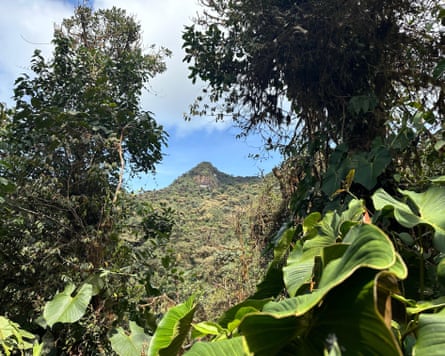
A: I wanted to immerse myself in the sheer tumbling vigour of the young rights-of-nature movement, which is one of the running currents in the book. I would wake up every morning, and there would be a new email, a new story, a new contact, a new case about rights of nature. It feels as if that movement is presently stepping forwards very consequentially in terms of re-imagining and re-storying the law in order to strike at some of the deeply anthropocentric foundations of almost all nation-state jurisdictions.
Q: Despite the global reach, the different elements seem to be brought together by relationships?
A: Absolutely. Other than that of the river, if there is a motif that weaves through the book, it’s that of the mycelium. It’s the mycelium that sets the night-forest alight in the first pages of the Ecuadorian section, and I hope it is the mycelium that is what might be called the visible “ethos” of the book. All that emerges in the book emerges as a function of cooperation, of collaboration, of working together. I wanted to try to find a literary form and a kind of polyphonic texture, in order to reflect the many voices and agencies involved in river-thought and river-guardianship.
Q: The book calls for revolution. How did you reflect this in the style?
A: The revolution it calls for is a revolution of the imagination. The book’s language is intended to speak to, and of, a changed relationship with rivers – an animated relationship. To give a simple example of this, I write throughout about rivers who flow, not rivers that or which flow. Now that feels totally normal to me. I’d love that usage to spread. Of course, it is already like that in other languages. In French, for instance, it’s la rivière qui coule, le fleuve qui coule.
after newsletter promotion
In English, we have no verb to river, but what could be more of a verb than a river? At the level of form and pattern, I sought to give the whole book the shape of the water cycle. So we begin at the springs who rise near my home, and we end back at the springs. In between, the book travels up to the mountains and from there descends eventually to reach the sea at the Gulf of Saint Lawrence. By the final pages, language has entered a sort of liquid state. Language has been rivered, as well as me. I strongly felt at times that I was writing with the river, or even being written by it.
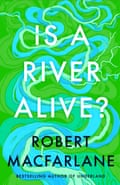
Q: How does that co-authorship with a river work?
A: It is glaringly obvious to me that all thought is intersubjective. This book could not have been written by sitting still. It could not have been written from the archive. A great deal of it was written in its first form either on rivers, by the banks of rivers, or within earshot of rivers; having spent days following rivers, being buried within rivers, spat out by rivers. I find it bizarre that copyright law rejects the notion of nature or a natural entity as possessing the capacity to be recognised as a “moral author” (to use the term of art from copyright law). As I think you know, [the Earth rights scholar] César [Rodríguez-Garavito], [the mycologist] Giuliana [Furci] and [the musician] Cosmo [Sheldrake] and I, as well as, of course, the Los Cedros cloud forest, have brought a case in the Ecuador court system to recognise the moral authorship of the cloud forest in the song that was written in the course of the book’s research [called Song of the Cedars]. If you listen to the song, you can hear the voices of the forest (the howler monkeys, the bats, the wind, the rivers, the trees). They’re performers of, as well as the co-thinkers of, that song.

Q: The book starts and finishes in the little chalk streams of Cambridge. Do you feel people here have the same passion to defend rivers as those you met in India, Ecuador and Quebec/Nitassinan?
A: I’m lucky to live on the chalk of southern England. We have around 85% of the world’s chalk streams here in England. You could liken it to the Great Barrier Reef, perhaps; a super-rare, remarkable ecosystem. It has brought life to the landscape here, but now we have largely forgotten its marvellousness, its fragility and its rarity. Nevertheless, amazing things are happening in England in terms of what we might call the river guardianship movement: communities rising up to take water companies to court, hold government to account, train a small army of citizen scientists to monitor and test river health. This community response is born of the same impulses, it seems to me, which animate those communities I travelled with and spent time with in other countries. That is to say: born of a belief in water as life, and a belief that our fate flows with that of rivers, and always has.

Q: One of the people in your book, the Waanyi writer Alexis Wright, says humanity has never been in more urgent need of powerful storytellers to address the environmental crisis. But I’ve also heard friends say the time for stories is over, we now need action. How do you respond to that?
A: Storytelling remains, to me, central and vital in its powers. I reject the notion that storytelling is a fundamentally passive posture. Rather, it can crucially catalyse the conversion of passion into action. It has ways of reaching both heart and mind that argument or polemic can’t. Of course, there are bad stories told well by bad people, as well as good ones told well by good people. In terms of powerful storytellers for the good, as it were, I might take the example of the Innu poet, storyteller and community leader, Rita Mestokosho, who is an important character in the final third of the book. Rita is a lifelong activist for the Innu language, Innu people and Innu land. She sees no distinction between her work as a writer and as an activist. During the years of river research, I saw new-old stories being told again and again around the world, thrillingly and with consequence.
Q: What would you like readers to take away from this book?
A: I want readers to imagine rivers as having lives, having deaths and even having rights – and to see what flows from that re-imagining in terms of law, culture and politics. And I would like them to take the full downriver journey of the book, from mountain to sea.
Q: And where do you go next?
A: This book has taken a long time, but among its surprises is that it continues to flow; the stories, rivers and people who run through its pages continue to run through my life very consequentially. I remain closely involved with the ongoing guardianship of Los Cedros in Ecuador, and the need to support and maintain the implementation of the protective ruling there. Oh – and we’ve just completed a big cleanup fundraiser and organisation to airlift out a whole bunch of heavy-duty junk we found high up in the watershed of the Mutehekau Shipu in Canada. Yes, Is A River Alive? just won’t stop flowing!

 3 months ago
51
3 months ago
51
